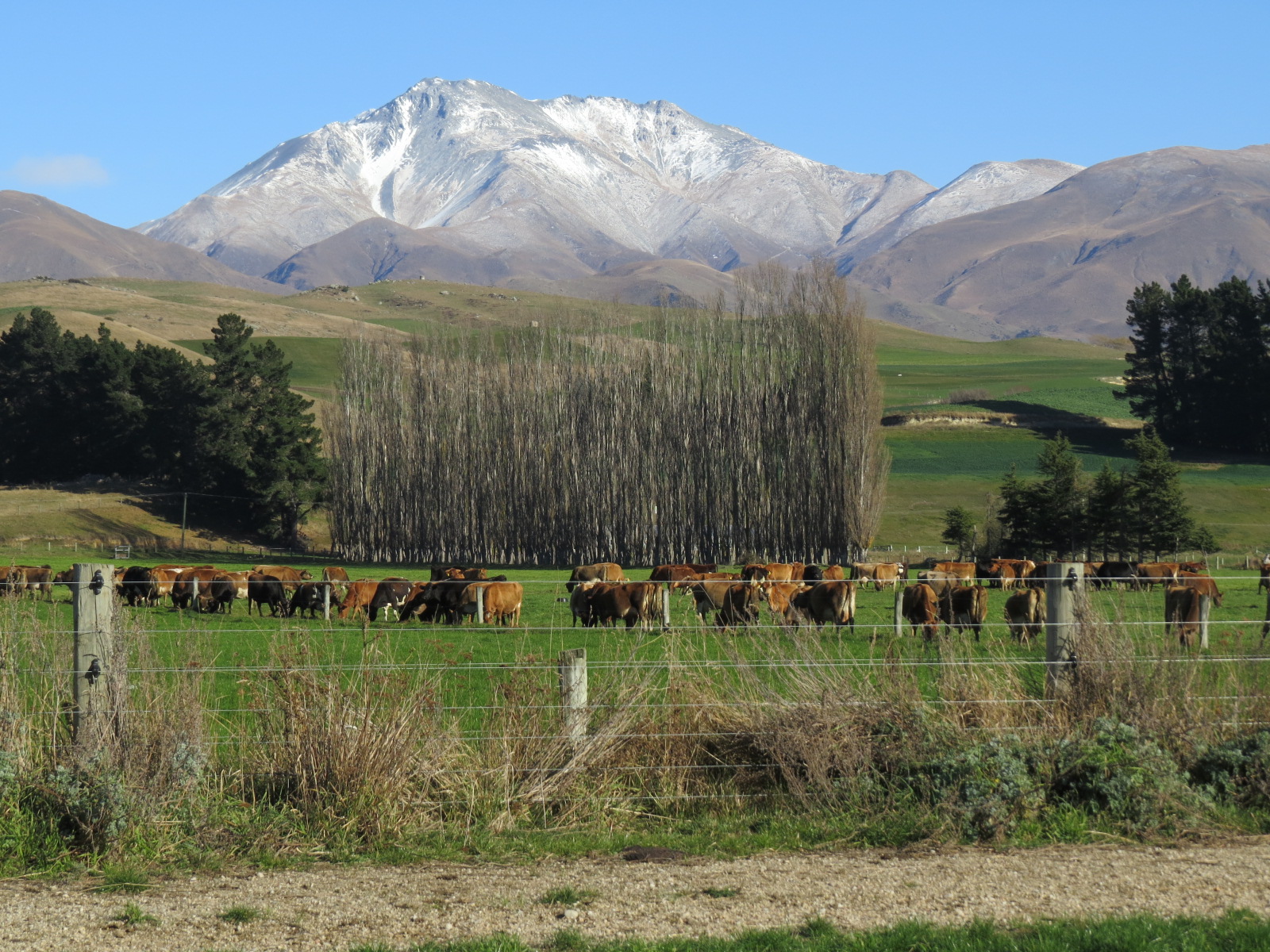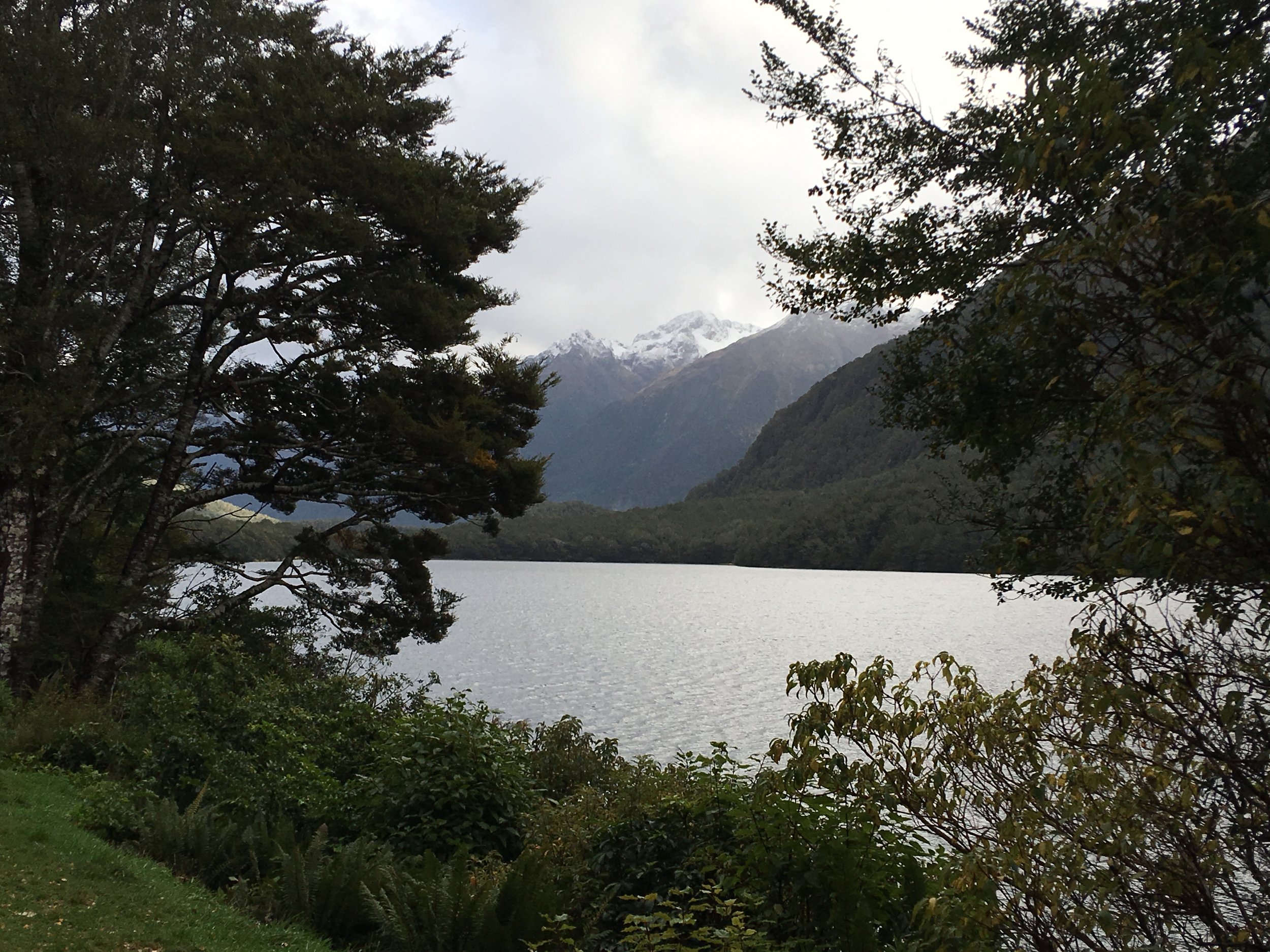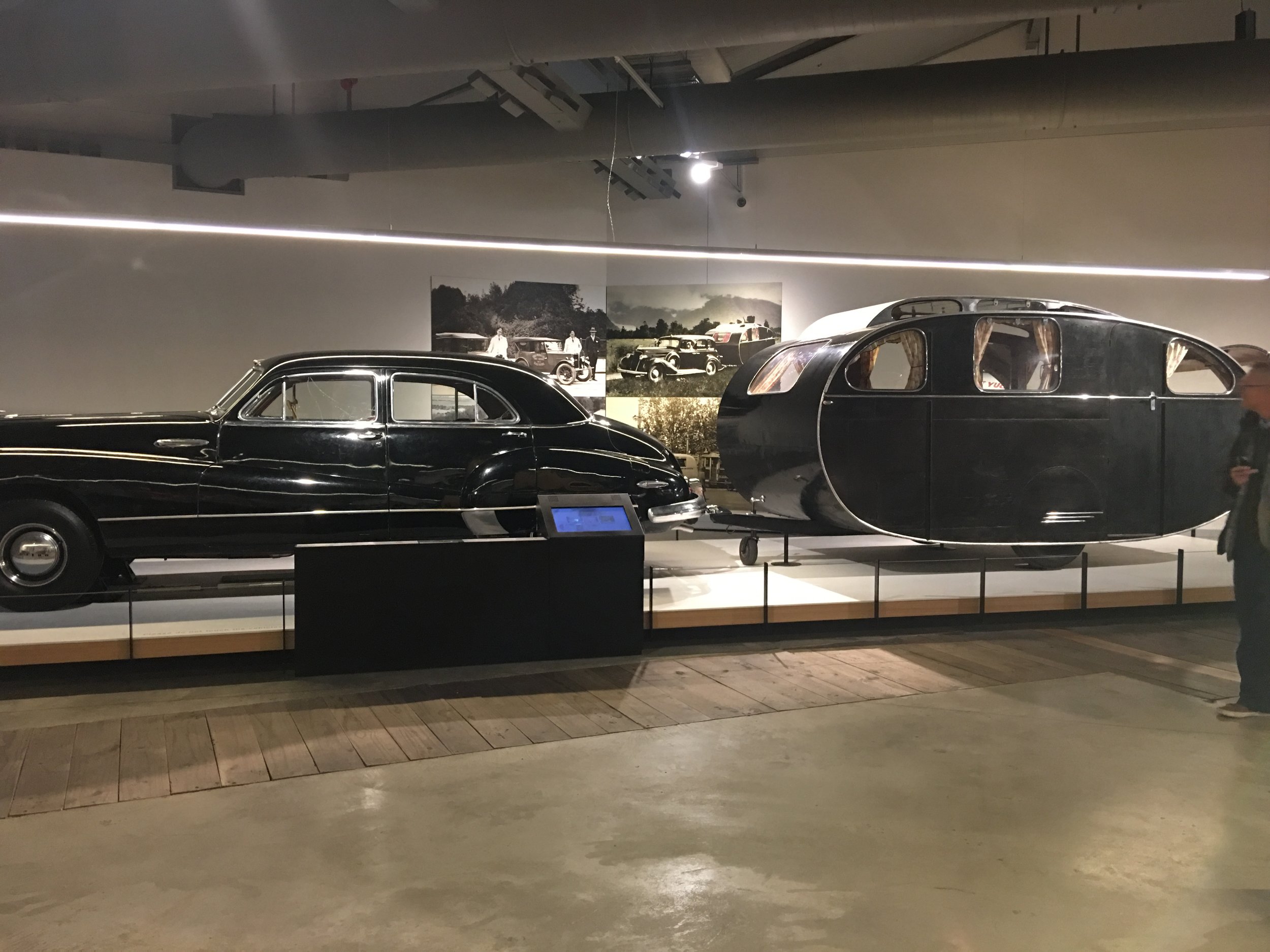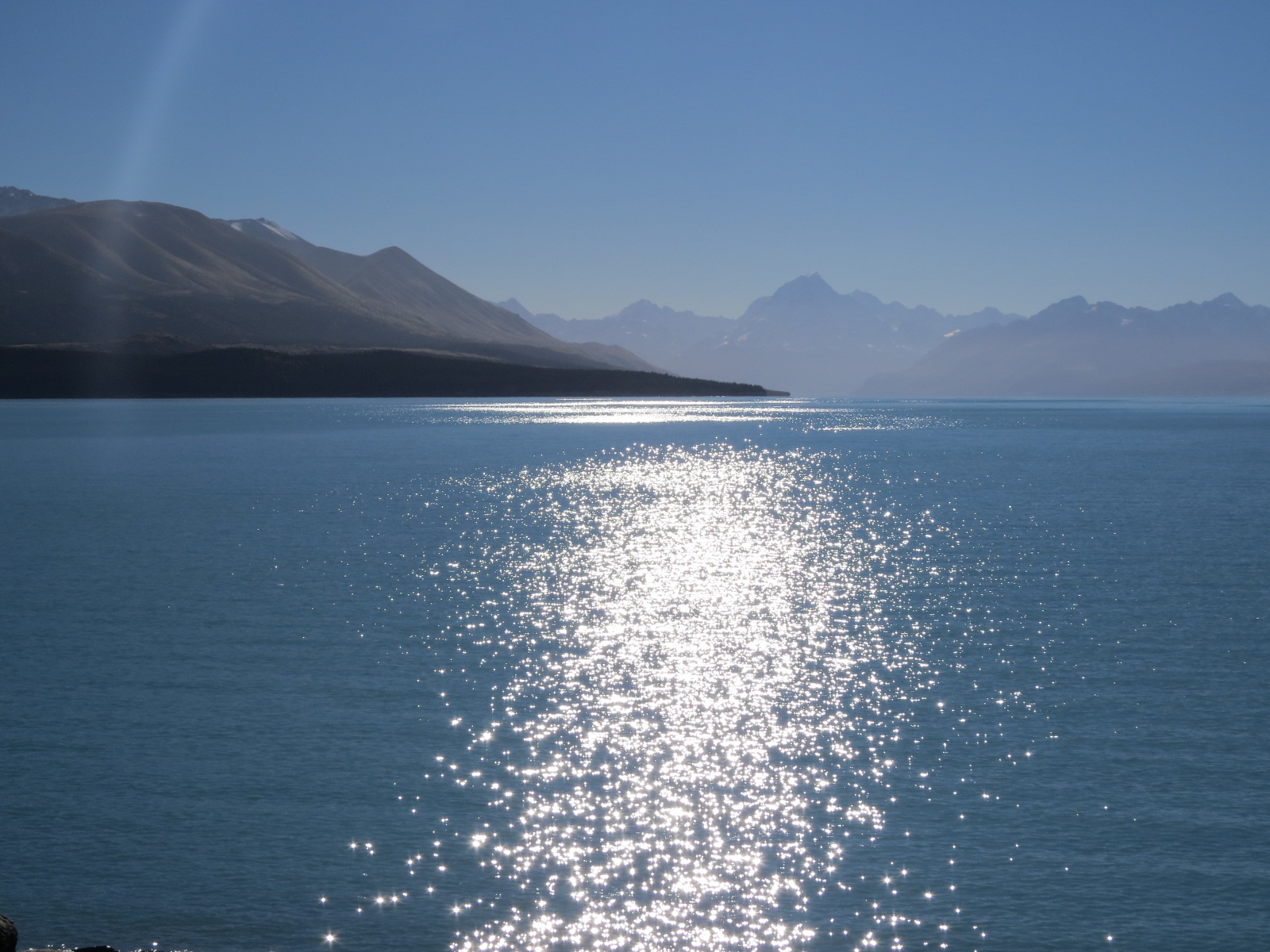NZ4 - Milford Sound & Dunedin and back to Christchurch
Against my better judgement, after a night spent in Mossburn, not far from Te Anau, Jim decided to point the car towards the East Coast rather than the West. We had ditched the walk around Te Anau because of the rain but had opted to drive to Ffordland and Milford Sound. This meant that we may have another day in the rain, but we would at least be dry in the car.
We had spent a night in tiny Mossburn in a Railway Hotel, which had once been located next to the railway station. We had arrived very wet after our day up to the Rob Roy Glacier and fortunately we were issued with a drying rack and access to a tumble dryer and a much needed warm shower. There was no way we were going to venture out into the cold rain the next day!
The railway line had been disbanded but the Hotel claimed to be the longest living business in town, still located in the same premises. The landlady was grumpy and the decor was very 1950’s but we were very glad of a warm room, curry night and a tumble dryer!
The road to Milford Sound went through beautiful Te Anau, but we had no regrets as the sky was periodically emptying its contents on the road and we were at least warm and dry! Occasionally we had glimpses of sunshine which reflected on the neighbouring snow capped peaks.
We were told to look out for the waterfalls on the route to Milford Sound and because of the rain we saw hundreds of massive waterfalls pouring off the sides of the mountains that we passed through. There were many many waterfalls, but the trick was to find a waterfall when it was not raining too hard to photograph it!
There were many lakes and free camping spots, but the weather was too windy and cold to do more than leap out and take the odd photo and duck back inside.
To reach Milford Sound, we had to pass through an old rough cut tunnel which was pretty astounding.
It was very rough indeed including the road surface itself. This was the only way of reaching this remote and wild spot by land. Otherwise access was by boat. We were amazed to see coaches and campers everywhere, testament to the fact that this area was hugely popular with visitors including campers.
We were surprised to see Milford Sound which was basically the head of a Fford with some amazing waterfalls and we could see how different it might have been on a sunny day. The only thing to do was get out of there and drive West!
We drove across the Country and found ourselves in Gore, the Country and Western capital of New Zealand. Here we stayed in Dave’s ihomestay which was again, cheap and friendly. Our companions were Indian, worked for Cisco and were fixing telecoms locally. They had a day off as it was still too wet to work the next day.
It was still raining so hard that the noise on the roof was astounding. We were told that this part of New Zealand counted its rainfall in metres and not centimetres and it seemed as if most of it was falling this week.
In the morning we made it to Dunedin on the East Coast, which was the Capital of Otago Province and were hoping to dive into the Settlers Museum and schedule a visit to Larnach Castle out on the Otago peninsular.
Before leaving the car to dive across the road into the delightful museum, Jim and I donned full waterproof gear including over trousers before attempting to cross the road.
Before driving out to Lanarch Castle on the Otago Peninsular, we stopped briefly at the old Dunedin railway station which was now a bit of a railway museum. It claimed to be the second most photographed building in the Southern Hemisphere. Lovely though it was we had our doubts. (Inside the rain had managed to find a way in!)
Dunedin Railway Station
Lanarch Castle, reached via a long coast hugging drive with the seawater splashing onto the road, on account of the wet and windy weather, was built in 1871, by William Lanarch, (a Banker and a politician), on a hilltop location on the Otago Peninsula, with amazing views over the sea views. The craftsmanship is impressive, in particular the carving on the ceilings and the woodwork generally.
His life was hit by an excess of tragedy and he took his own life when he learnt that one of his sons was having an affair with his 4th wife. The previous two wives had both died. One of his adult daughters predeceased him and his youngest daughter also died in childbirth at the age of 22. So although the house had been conceived when his life was going well, it is not clear that the house actually brought him good fortune. It was picked up in a sorry state in 1967 by the Barker family and it has been massively restored and restocked and appears to be a going concern. The garden is stunning and has been a real labour of love and worth a visit on a sunny day.
Our bed and breakfast here in Dunedin was a very old Victorian Property with no double glazing on the top of a hill with amazing towers (and a good breakfast).
We were so cold that we had several electric heaters and turned on the electric blanket! There was no way I was going to get undressed enough to have a shower!! I made the mistake of opening a cold white wine. The bottle was naturally chilled in the boot of the car, but was not quite what we needed on a chilly night.
We went out later to a little local cinema to watch an Australian romantic comedy with an Aboriginal wedding. It was just what the doctor ordered.
I grumbled about the cost of the maltesers, and was embarrassed to learn that the only member of staff on duty was a volunteer! Every penny earned was needed.
The following day we took the inland route to drive back to Christchurch. Finally the sun came out and we had a stunning drive through mountains and lakes and had good views of Mount Cook.
Our last day in Christchurch was spent with Judy and Paul Whiting who helped us celebrate Jim’s birthday.
They were not able to prevent the outdoor temperature in Christchurch dipping to minus 2 degrees over night but the daytime temperatures were fresh and warm.
We found time the following day to visit Lyttleton Harbour (market) and Sumner (beach). These places too had been affected by the earthquakes and buildings had tumbled off cliffs and others had to be demolished and cleared as the landscape was altered by huge rock falls. Ordinary houses in residential streets had been badly damaged and residents were displaced temporarily as power supplies and water had been cut off and buildings had to be repaired or rebuilt.
We had tea and biscuits in one such bungalow and thanks to Reconstruction work, it now looked almost new. Yet these people had not able to live in the property for weeks after earthquake damage.
The damage to access roads took a long time to repair and only now some of the damaged roads are still being completed.
Being on fault lines, all these communities can do is prepare anew and hope for the best.
Later, closer to Christchurch, we were shown around the ‘red residential zone’, an area of Christchurch where all the previous homes had been demolished as a result of earthquake damage and liquefaction of the ground and the householders all had to be relocated. Although the buildings have been cleared, the grass remains as do many of the trees and plants that were part of the gardens.
The former street patterns are still visible on Maps.me and the grass seems to be being mowed. It is actually both beautiful but a bit eerie.
There are still some of the streets, now not in use and some of the street lamps, probably defunct. Certainly for the time being, construction in the vast area has been prohibited.Now it looks quite strange, like an extensive park. Maybe that is what is will become.
On the edge of the red zone where some older housing remains, most buildings are new and low rise or they sit alongside older buildings which survived. There are still a small number of damaged brick built buildings which have not been demolished where I guess insurance claims are still outstanding.
We were shown a large plot on which had there was a large selection of random empty wooden bungalows arranged. These were salvaged properties which had been moved off the red zone, were largely intact, had been demounted, relocated and now could be purchased and placed on a new plot of your liking for around $60,000 NZD.
We loved New Zealand, in spite of the rain and the ever present threat of earthquakes. It is great for the outdoor life.
We still have the North Island to explore and it will definitely be on the list for a future trip. Those coastal walks in the South Island are really something. Also we still have cousin Ian’s maps for the Te Anau area!
Now it is time to return to Sydney which is a lovely city. From there we make our final preparations to return to Europe, but not before a short trip to Cairns, where we are hoping to see some sunshine.

























